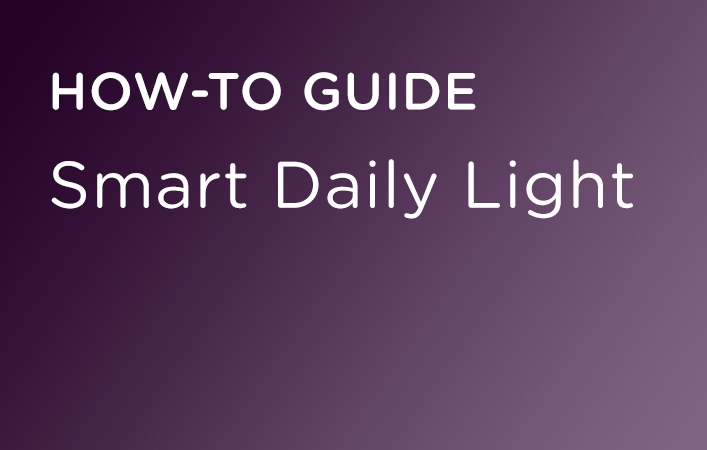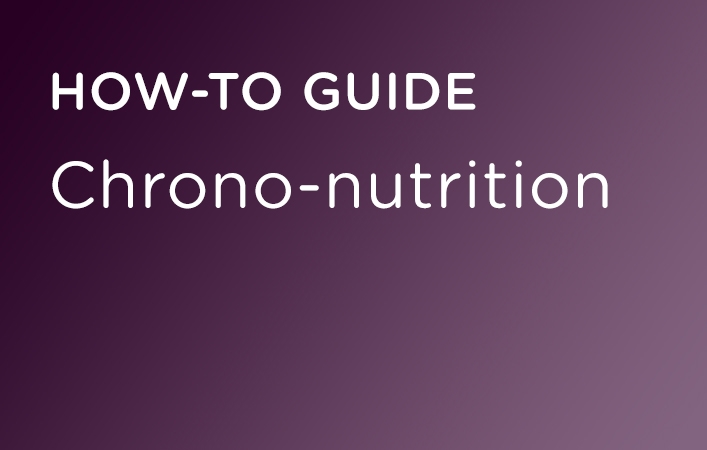How-to Guide
Optimizing Sleep
Intro
About 50% of adults in the US report unsatisfactory sleep. This guide will discuss ways to optimize sleep, and increase sleep satisfaction and next-day functioning.
Principles
There are five main categories for sleep optimization:
- Time in Bed: Plan to get enough time in bed for complete sleep, which means getting all the sleep your body wants to naturally get. Let’s say you want to sleep seven and a half hours a night. Well, you’re not going to meet that goal if you’re only in bed for six hours. Plan for enough time in bed.
- Consistent Bedtime: Going to bed close to the same time every night is an independent determinant of good sleep. In other words, your satisfaction with sleep is not just dependent on how much sleep you get but also when the sleep takes place. Going to bed at the same time every night helps optimize sleep by regularizing the phase of time in which your sleep occurs. Sleeping outside of this phase will make the sleep itself less effective no matter how much sleep you get.
- Daytime Exposures: Daytime activities strongly affect how well you sleep at night. Every second you are awake, chemicals that promote sleep accumulate in your brain. The rate at which these accumulate is partly dependent on whether you were mentally and physically active enough in your day. Daytime natural light exposure - and optimized indoor light - are also key.
- Pre-bed Routines: There are a variety of things you can do to prepare the body and mind to get to sleep more quickly and to sleep more deeply.
- Sleep Environment: Most intuitive for good sleep is creating an environment that doesn’t interfere with sleep itself. This includes factors like light, temperature, sound, and comfort.
Go Pro to gain access to the rest of the Guide as well as our whole library of How-to Guides, Courses, Workouts and Recipes.Go Pro




